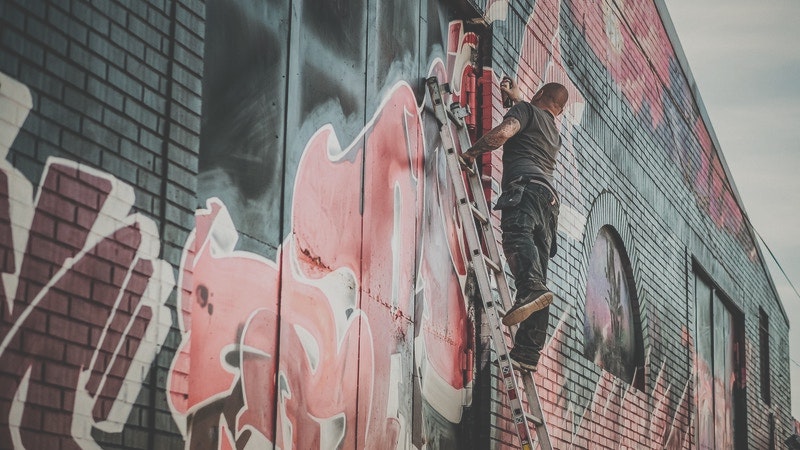How to Think Different to Double Your Creativity
Episode #3 of the course How to unleash your creativity by Jurgen Wolff
In the last lesson, you read about the best times and places to have creative ideas. In this lesson, we look at a simple method that can double the number of your creative ideas.
Think of What Others Don’t Do
As reported in Newsweek, a study at the University of Georgia found that the way to make people twice as creative as they’d normally be is simply to tell them, “Do something only you would come up with—that none of your family or friends would think of.” Let’s look at three examples of thinking different.
Thinking different about a TV series. Most one-hour episodes of TV dramas cover the events of a week or longer in order to tell the story. Writer-producers Robert Cochran and Joel Surnow came up with the idea of having a story play out in (almost) real time over 24 one-hour episodes. The result was the international hit series, 24. Each season, the hero had just 24 hours to stop some kind of terror attack or disaster from happening.
Thinking different about selling wine. When James Martin went on the TV show, Shark Tank, to try to get the panelists to invest in his idea of selling plastic glasses full of wine in supermarkets and liquor stores, they weren’t interested. Martin went ahead anyway, and his company, Copa di Vino, has been a huge success. As Martin told ABC News, they are on track to serve more wine than McDonald’s serves cheeseburgers.
Thinking different about traffic. When most people think about how to improve the traffic conditions in a big city, they consider how to widen roads or trying different routing or signals. Elon Musk, the entrepreneur/inventor behind Tesla cars, came up with the idea of boring tunnels under cities and using a system of sleds that would move the cars along at up to 124 miles per hour. It’s not clear yet whether this will work, but it’s definitely a good example of a different approach.
Ways to Make it Different
Whatever you’re trying to create, it’s useful to think about how it’s done or what it’s like now, and ask the following kinds of questions that can lead you to a better way:
• Could it be a different size?
• Could it be a different shape?
• Could it take less time? (Or more time?)
• Could it be streamlined?
• Could you add features?
• Could it be tailored for a specific audience?
• Could it cost less? (Or more?)
Don’t be afraid to ask questions that may seem silly at first. For instance, at first glance, it doesn’t seem like you’d want to make a product cost more, but some products, like Rolex watches, appeal to status-conscious people precisely because they are so expensive.
The Opposite Technique
A specific way to think different is to use the opposite technique. The idea for this approach came to me when I read about a 1988 movie, Gorillas in the Mist. It nearly wasn’t made because the creators had a script that called for the real mountain gorillas of Rwanda to do certain things, but of course, you can’t train wild gorillas to follow a script.
In a meeting, someone came up with the solution: Let the gorillas write the script. They filmed as much of the gorillas’ activity as possible and built the script around that. The movie was nominated for five Academy Awards.
Having the subjects of a film write the script was the opposite of the way a film normally is made. Normally, you drive a car. The opposite is a car that drives you = a self-driving car. Usually, you tell a restaurant when you are ready to eat. The opposite is a restaurant telling you when it’s ready to serve you = the buzzers some restaurants hand out that signal you when a table is ready.
The next time you have a creative challenge, identify the usual solution, describe the opposite, and play around with those ideas until you find one that works. When the exact opposite of the usual doesn’t work, just start with it and play around until you find something that does.
In the next lesson, you will discover another tool for generating ideas. It’s called forced association, and it’s the creativity I use most often.
Recommended book
Steal Like an Artist: 10 Things Nobody Told You About Being Creative by Austin Kleon
Share with friends

